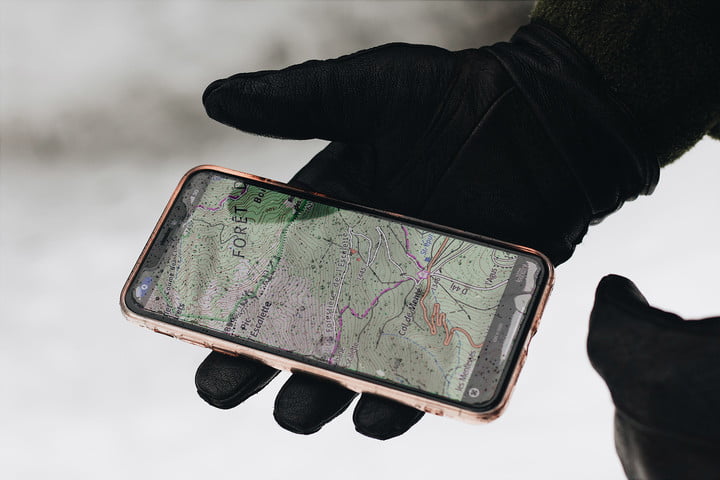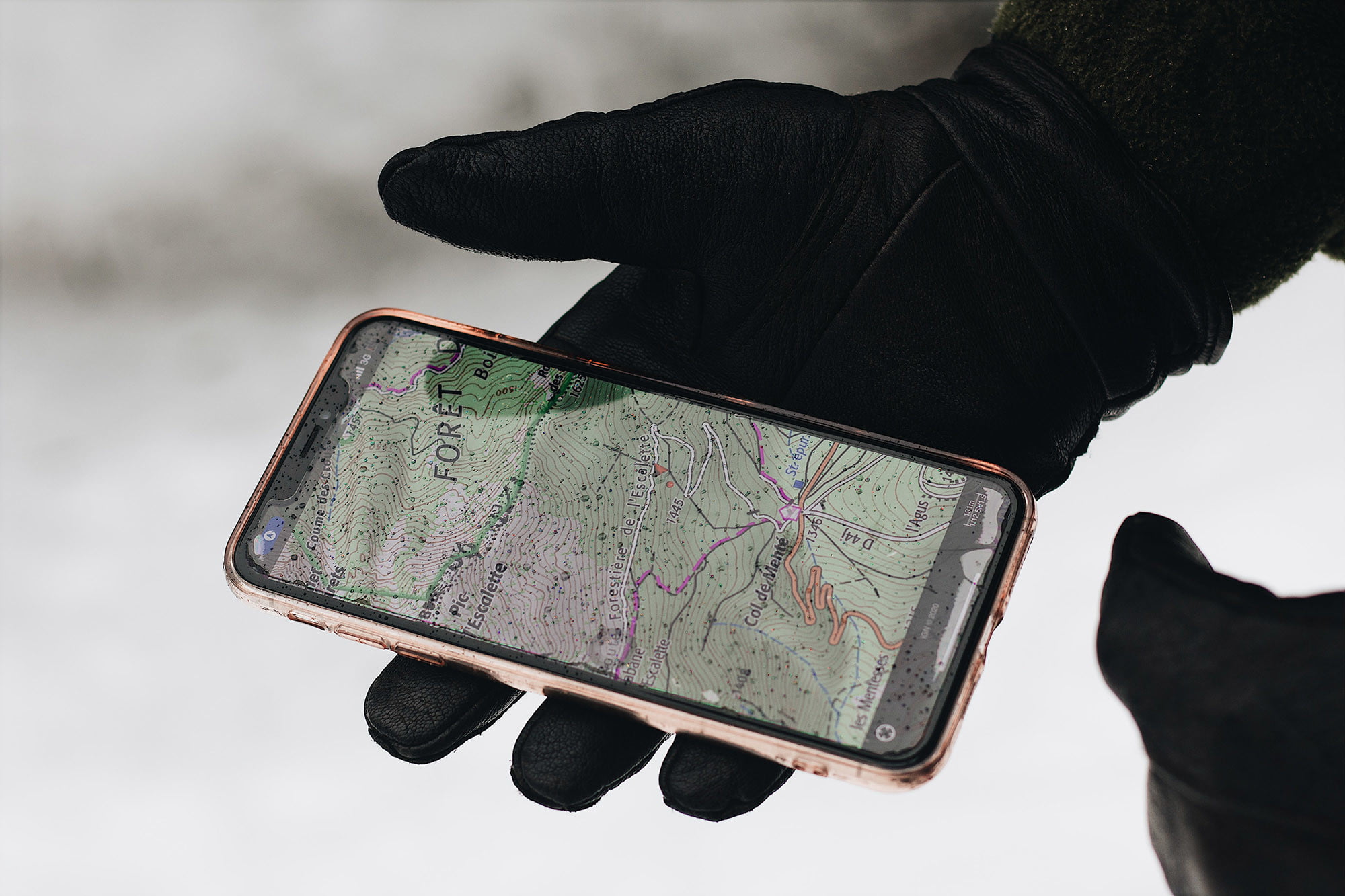Brandon Wilkes was hiking last year in Britain’s Peak District when disaster struck. The mountains were foggy and his friend Ben slipped on the wet trail as they walked along a narrow ridge with steep drops on both sides.
“The scariest thing about the ordeal was not knowing exactly where we were,” Wilkes told Digital Trends in an interview.
But Wilkes’ phone saved the pair, and they joined the many people who have been rescued every year thanks to their mobile phones. Experts say that you can do a range of things to increase your odds of survival by using your mobile phone most effectively.
Recently, a New Zealand snowboarder described his rescue after falling through a crevasse, using his iPhone to signal for help. In an Instagram post on March 27, Tim Blakely described how his iPhone’s SOS feature aided his rescue. When you push the right buttons, the app automatically calls the local emergency number and sends them your location.
“This past week has been a wave of emotions and introspection, and I’ve not really known what to do with this experience,” Blakely wrote.
In Wilkes’s case, he had downloaded the app what3words, meant to give rescuers directions to remote locations, after seeing a post about it on Twitter.
“After I gave the location to them, we could put all of our focus and attention onto Ben to ensure he was in the best shape we could get him into,” he said.
Apps to prepare
If you’re heading out into the wilderness, you might first want to download some reading material to study survival skills. Jeremy Scott Foster, the CEO of the adventure travel website TravelFreak, recommends the SAS Survival Guide app for would-be adventurers. “This app is the ultimate survival guide that everyone should have on their phones,” he said in an interview with Digital Trends. “It offers information and quizzes to help you develop your survival skills, has a sun compass, and a text-to-morse encoder.”
Didn’t pack enough snacks for a longer than expected stay in the backcountry? Foster suggests you should study the Wild Edibles app. “If you are camping out or find yourself lost somewhere for a day or longer and need food, this app will help you know what plants in your area are suitable for consumption and how to prepare them,” he said.
Tips to survive

Survival experts say that having the right apps and a mobile phone can be a lifesaver when venturing into remote areas.
Don’t give up hope when things look grim. Hikers get lost all the time and are rescued by their cell phones, according to survival instructor Christopher Nyerges.
“People with phones who were lost simply called 911 and were able to get rescued. This is quite common, and most of the time is not in the news,” he told Digital Trends in an interview. “People lost in local Angeles Forest canyons — out for a day hike and get lost.”
If you do get lost, Nyerges recommends first checking your GPS on your phone before the battery dies. “The real key is not to wait until you are lost, but to plan and know the trails and carry basic gear,” he added.
Dan Baird, head of the California Survival School, said you shouldn’t give up on trying to reach rescuers even when it seems like you are too far away for your phone to have a signal. In the U.S., 911 calls are designed to push out across all available cell networks.
“So even if you show no signal, your call or text may still go out on another carrier’s signal bandwidth,” he told Digital Trends.
Power up
Having enough power is critical when heading out into the wild. You might want to invest in one of the best portable chargers in case your phone runs out.
“Even if you have a phone signal, your phone is not much use dead,” Baird said. “Keep your phone charged and if you are going remote for the day bringing an inexpensive battery recharger can make a world of difference.”
If you’re running low on juice, try turning off battery-draining features, For example, closing unused apps, turning off Bluetooth and wifi when not using, and putting your phone in airplane mode will help it from losing battery if you need to conserve it, Baird said.
Keep in mind that cold weather will drain batteries. “Keep your phone warm next to your body to avoid losing battery faster if it’s really cold outside,” Baird said.
If you can’t get a cell phone signal try going uphill. Cell phone towers often work on “line-of-site;” if there is any cell service in your area, you are more likely to access it by going higher to get line-of-site with cell phone towers, Baird said.
“We’ve been places where we lose signal a mile into a forest at ground level but can access the cell signal five miles farther in by climbing to the top of the highest hill in the area,” Baird added.
If you spend a lot of time in remote areas, you might want to consider buying a satellite phone or satellite messaging device. A basic satellite messaging device like the SPOT X offers the ability to send and receive short messages almost anywhere in the world and costs less than $300.
Even a satellite phone, once prohibitively expensive for all but the most die-hard travelers can now be had for around $600. Baird uses the Iridium 9575 for expeditions.
“We recommend Iridium network devices for better coverage in remote areas across the world,” Baird said.
Wilkes said he learned a valuable lesson from his recent hiking experience. “I won’t go hiking without having my phone with me anymore,” he said. “Even now if we go hiking we’ll always ensure to bring a power bank so that we can be certain at least one of us will have access to their phone if things go south.”


